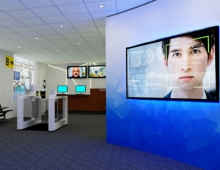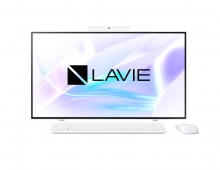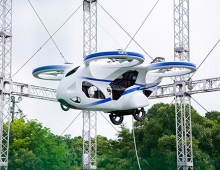
Control Your Mobile Phone By Tapping Your Arm
NEC announced today the development of technologies that enable users to control consumer electronics with the tap of an arm.
Compact acceleration sensors are worn on each wrist and enable users' arms to function as virtual control panels. When a user taps an arm, the sensors determine which area of the arm received contact. These areas are separated into 7 sections that each correspond to a virtual input switch that can be used to operate an electronic device.
The operation of conventional information-processing equipment requires users to stop their current activity and take action on an independent switch.
These new technologies enable users to operate devices through natural motions that only require the tap of an arm. Possible applications of these technologies include music players that can be easily operated while exercising and mobile phones that may be operated remotely while stored in a bag.
The acceleration sensors on each wrist determine which area of the arm was tapped by comparing the differences in sensor signals that are received from taps on each section of the arm. These differences in each section are used in order to designate specific device oriented controls. Commands may be input from contact with 7 areas consisting of the upper, middle and lower sections of each arm as well as clapping the palms of both hands together.
Furthermore, these simple control gestures are easy to remember and are nearly free from input errors, according to NEC.
The operation of conventional information-processing equipment requires users to stop their current activity and take action on an independent switch.
These new technologies enable users to operate devices through natural motions that only require the tap of an arm. Possible applications of these technologies include music players that can be easily operated while exercising and mobile phones that may be operated remotely while stored in a bag.
The acceleration sensors on each wrist determine which area of the arm was tapped by comparing the differences in sensor signals that are received from taps on each section of the arm. These differences in each section are used in order to designate specific device oriented controls. Commands may be input from contact with 7 areas consisting of the upper, middle and lower sections of each arm as well as clapping the palms of both hands together.
Furthermore, these simple control gestures are easy to remember and are nearly free from input errors, according to NEC.





















